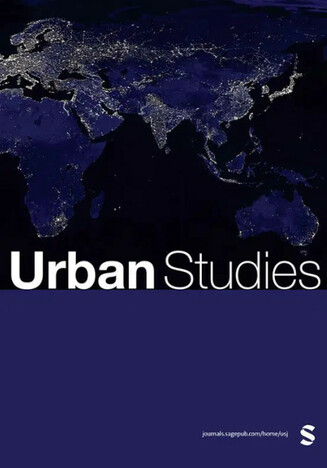HOW DO COMMUNITY ASSOCIATIONS VARY - THE STRUCTURE OF COMMUNITY ASSOCIATIONS IN CALGARY, ALBERTA
ABSTRACT
The growth in territorial community associations has been one of the major trends in Western cities in recent years, but there are few comprehensive studies of the range of variation of these organisations in a single city. This case study of Calgary, a Canadian city of three-quarters of a million people in 1991, addresses this gap in our understanding by showing the variation in the character of all 118 community associations in the city. The city contained 94 local community buildings; 21 with an insured value of over 1m dollars. Yet membership levels were relatively low with a mean of 18.9 per cent. A factor analysis of 11 key variables of the variations in community association characteristics revealed 5 basic sources of differentiation, summarised as: resources; programmes and organisation; age and rental revenue dependency; membership; and salaries. A further factor analysis of the social structural characteristics of the community areas identified nine axes called: economic status; family status; age-participation; early middle age; mobility; immigrant-Charter Group; each European ethnic; central and southern European ethnic; and Dutch ethnic-old housing. In general, there were few strong associations between the two sets of generalised axes, demonstrating that the contextual effects of the variations in community association activity were not strong. The only exceptions were that membership levels had medium positive correlates with economic status, and old age areas had community associations that depended highly on revenues from the rental of community facilities to non-member groups.
Statistics
Web of Science Times Cited
10
Journal Citation Indicator
1.11

